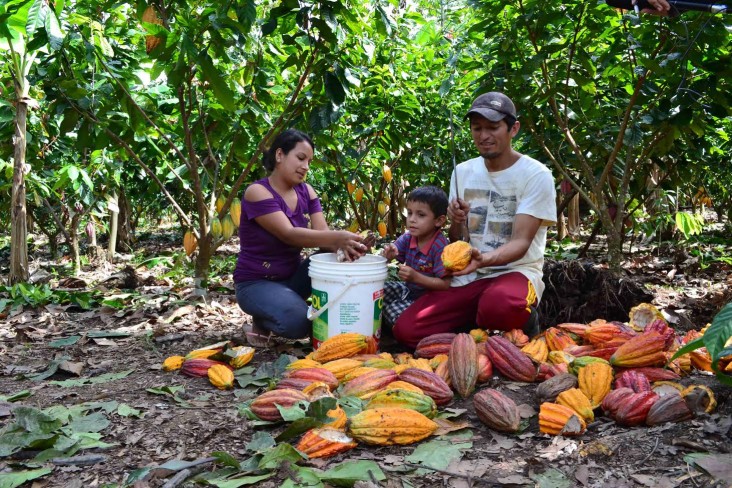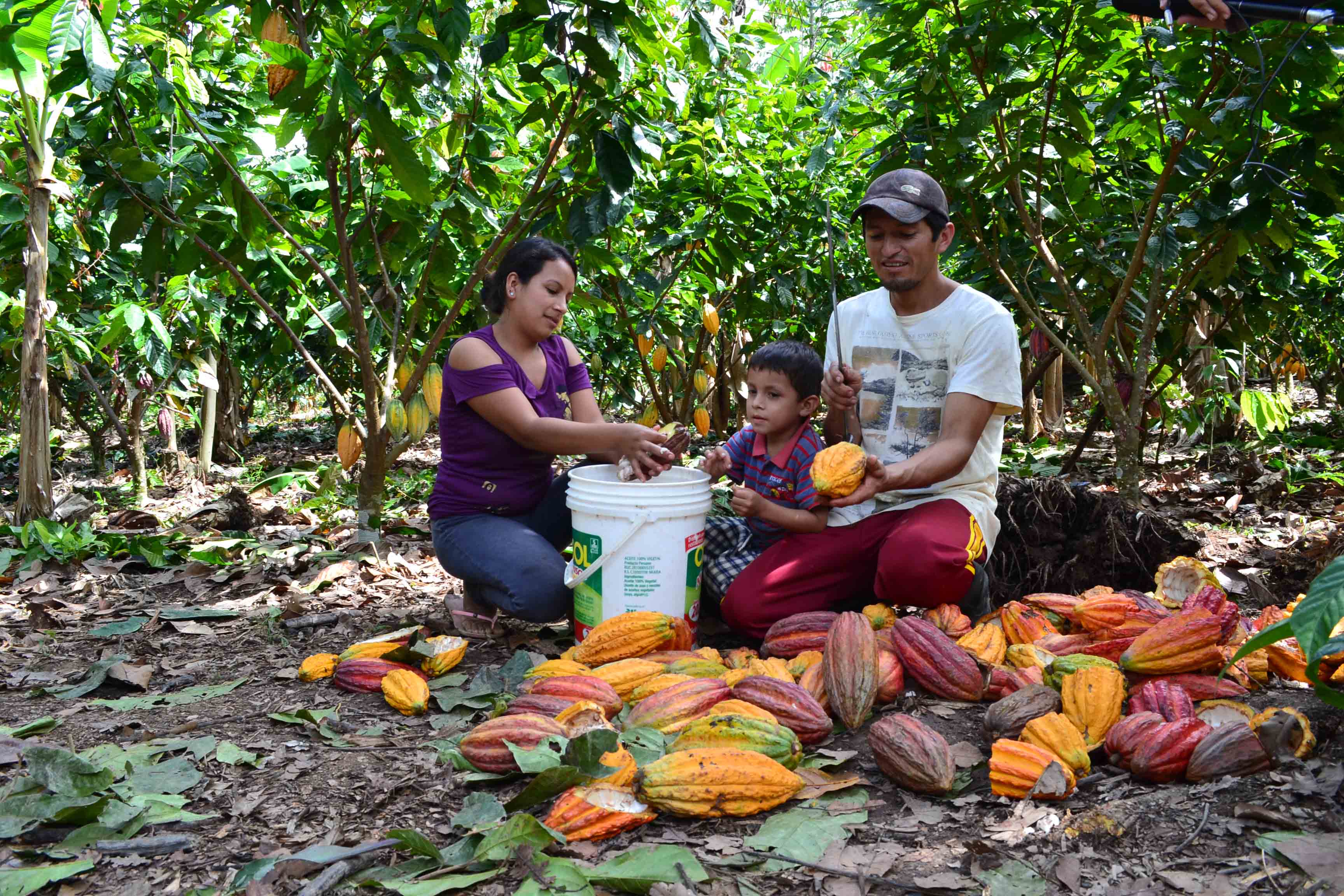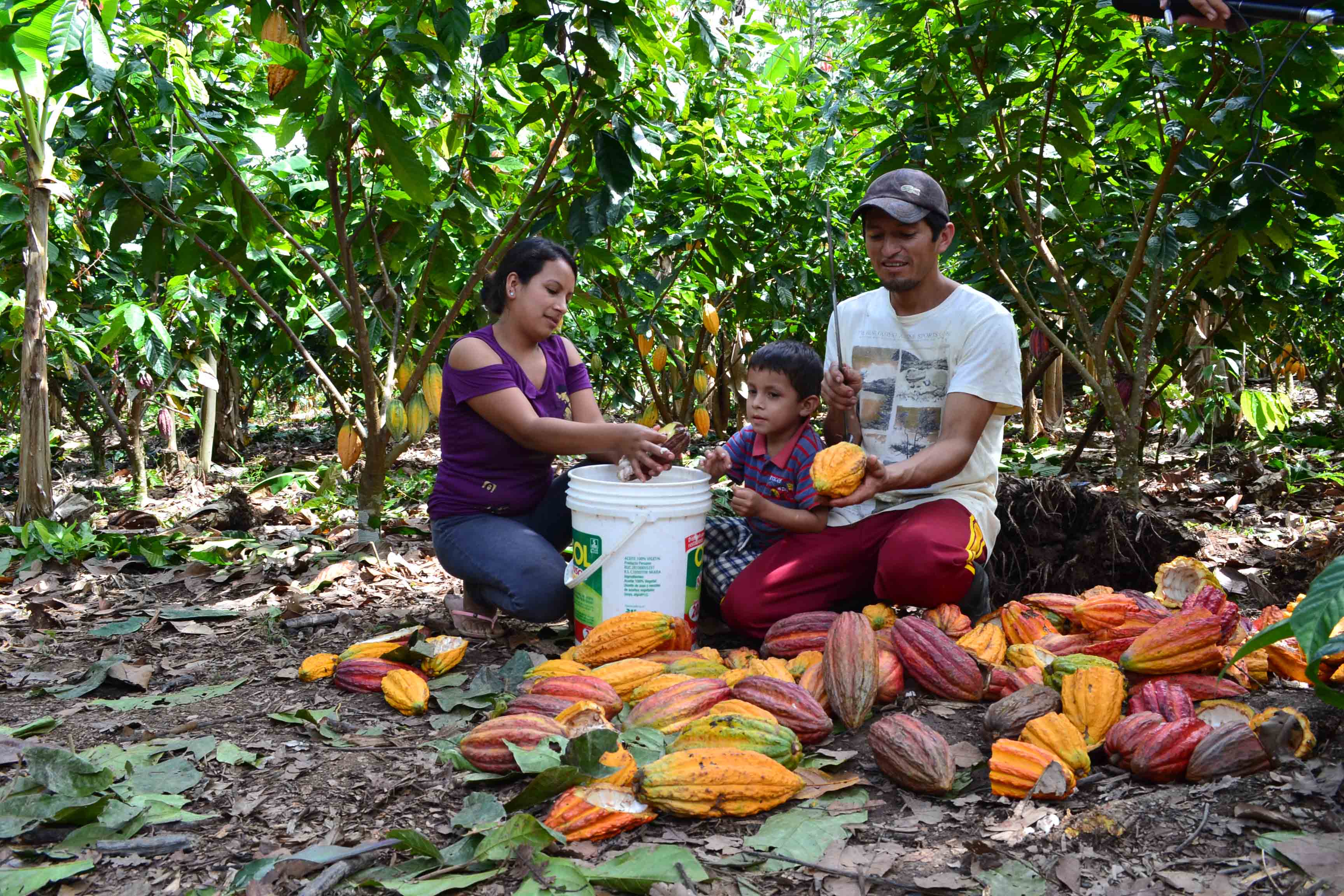Speeches Shim

Peru is a leading producer of cocaine, an illegal industry that fuels criminality and damages rural communities. USAID supports the Government of Peru’s National Strategy for Combating Drugs by providing alternatives to coca cultivation and strengthening Peruvian capacity to confront drug mafias. This enormously successful model has lifted thousands of rural Peruvian families out of poverty by shifting them away from coca cultivation.
The narcotics trade in Peru feeds corruption and violence. It also perpetuates poverty in isolated areas of Peru’s Amazon. The Government of Peru negotiates with communities to give up coca and join the licit economy. USAID then helps farmers from these communities to plant cacao, coffee and other crops and connects them to producer associations. USAID programs also help local governments increase public investment and improve basic services to meet citizens’ needs. While these efforts have made a significant impact, there are still many coca-growing regions that need support.
OUR WORK
DEVELOPING ALTERNATIVE LIVELIHOODS
USAID supports sustainable agroforestry in former coca-producing regions to produce legal sources of income through licit crops, such as cacao, coffee, banana, and local timber trees. USAID provides hands-
on technical assistance to farmers, including training in modern farming techniques and access to capital to invest in equipment. In 2019 alone, USAID helped 44,035 families transition to licit livelihoods on over 70,853 hectares of crops, including cacao and coffee. In communities where alternative development has followed eradication, coca cultivation has been reduced by 86 percent.
PARTNERING WITH THE PRIVATE SECTOR
Buyers need quality assurance and efficient supply chains to move products such as cacao and coffee to market. To facilitate this process, USAID linked growers to buyers through 54 cooperatives and associations, helping 19,000 farmers organize themselves to meet buyers’ volume and quality standards. In FY 2019, USAID assisted 20,800 cacao growers, who sold product valued at $9 million, including high quality “fine and aromatic” cacao. Peru’s national production of high quality, exportable cacao is expected to more than double by 2021, helping to feed the growing demand for dark chocolate and supply the $34 billion U.S. confectionery industry that employs 70,000 workers. In 2018, USAID leveraged $41.6 million from the private sector to generate $67 million in total sales of legal crops.
FACILITATING LOCAL GOVERNANCE
Even when a community successfully transitions from coca production, the pressures to regress to coca persist. To help sustain progress, USAID strengthens local governance by organizing community development committees that create participatory long-term economic development plans. USAID also trains municipal government staff to improve their budget and project management skills. This training helps districts and communities effectively advocate, request, and implement funding for development initiatives. To date, USAID has helped 330 communities to secure municipal and national-level support and funding for schools, health services, water, roads and economic opportunities. Most importantly, community members and officials have begun to cooperate to achieve common goals and sustain the shared commitment necessary to reject illicit coca cultivation.
BUILDING CAPACITY
While USAID has improved the livelihoods of thousands of rural families, there are thousands more that need assistance. Through the National Commission for Development and Life without Drugs (DEVIDA), the Government of Peru increasingly leads Peru’s alternative development (AD). Since 2013, USAID has provided direct government-to-government assistance to support DEVIDA’s programs in planting, land titling, and community development. USAID is also working closely with DEVIDA to strengthen monitoring, financial management, and environmental compliance capabilities. DEVIDA’s budget grew from $15 million in 2011 to $38 million in 2019. According to farmers who have received DEVIDA assistance, these programs work: 85 percent of beneficiaries surveyed (2016) in post-eradicated communities say that “DEVIDA’s interventions will contribute to their community’s development.”
DIGITAL AND FINANCIAL INCLUSION
Coca is generally produced in remote rural regions with the lowest Internet and financial services penetration rates in Peru. USAID supports activities to promote digital and financial inclusion to energize local economies, bringing Internet to communities in former coca-growing areas, providing training in digital and financial literacy, and promoting access to, and use of, loans, savings accounts, and other financial services. T o date, and through partnerships with the private sector , USAID has helped to bring Internet connectivity to 60 communities in San Martin, Huanuco and Ucayali regions. In the same regions, and during 2018, USAID helped families receive over $5.5 million in micro and small loans, and paired participating financial institutions with technical assistance provided by AD partners to design loan products that better match the needs of USAID beneficiaries. USAID also offers a $54 million credit guarantee to banks to encourage lending to farmers and small businesses in target communities.
Alternative Development - English ![]() (pdf - 728k)
(pdf - 728k)
Alternative Development - Spanish ![]() (pdf - 824k)
(pdf - 824k)




Comment
Make a general inquiry or suggest an improvement.